“Did you know that vinyl records, which were once considered the gold standard for audio quality, only capture about half the frequency range of modern Hi-Fi audio streams?”
It’s hard to believe, but that’s the reality of how far we’ve come in audio quality. The rise of Hi-Fi (high-fidelity) audio streaming has transformed the way we listen to music, offering sound quality that rivals even the best analog formats. For audiophiles who have long sought out pristine sound reproduction, Hi-Fi streaming offers the best of both worlds: the convenience of digital streaming with the superior sound quality once only available through physical media like CDs or vinyl.
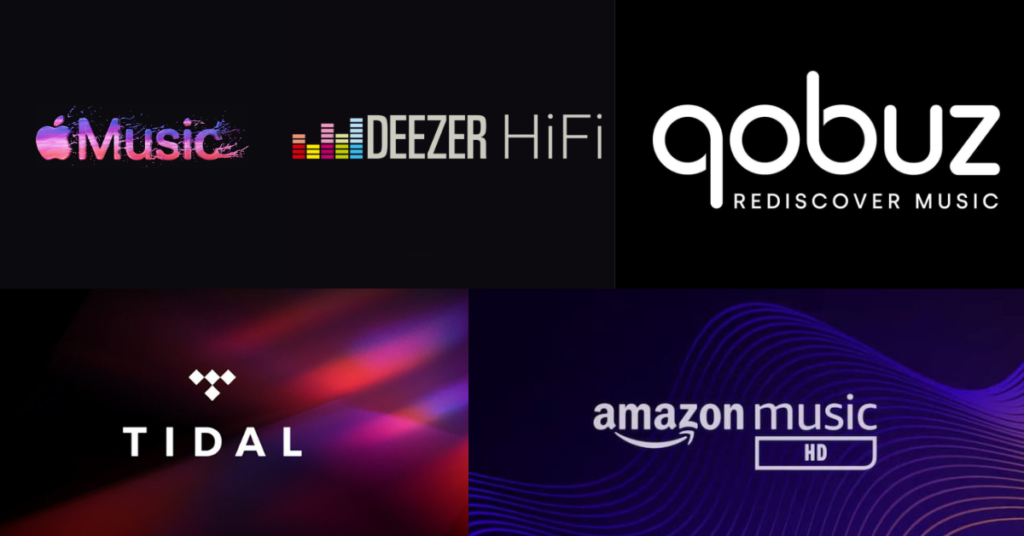
Let’s dive deep into what Hi-Fi streaming is all about, why it’s so appealing to audiophiles, and what services are leading the charge in this space.
Contents
What is Hi-Fi Audio Streaming?
At its core, Hi-Fi audio streaming refers to digital music that is delivered in a lossless or high-resolution format. This means that the audio is compressed in a way that preserves all the original data, resulting in superior sound quality compared to lossy formats like MP3 or AAC. The key difference is that Hi-Fi streaming services offer music in formats like FLAC (Free Lossless Audio Codec) or ALAC (Apple Lossless Audio Codec), which allow for high-resolution playback, often at CD quality or better.
Hi-Fi audio isn’t just about listening to your favorite songs, it’s about experiencing them. You hear every detail as the artist intended, from the subtle breath of a singer to the intricate textures of instruments, with nothing lost in translation.
Lossy vs. Lossless Audio: What’s the Big Deal?
To understand why Hi-Fi audio is so special, we need to talk a bit about how digital audio works. Most streaming services, like Spotify or YouTube, compress audio files using lossy formats like MP3. This compression removes some of the data from the original recording to make the file size smaller, which results in a loss of quality.
Lossless formats, on the other hand, compress the audio in a way that retains all the original data. It’s like the difference between a high-definition video and a blurry, pixelated one—only the difference is in sound. The benefit of Hi-Fi streaming is that it delivers lossless audio, meaning you’re getting a sound experience much closer to what you’d hear in the recording studio.
Why Hi-Fi Streaming Matters
For casual listeners, the difference between lossy and lossless formats may not be immediately obvious. But for audiophiles—those of us who are passionate about high-quality sound—every detail matters. Here are a few reasons why Hi-Fi streaming is a game-changer:
1. Superior Sound Quality
The primary reason to switch to Hi-Fi streaming is the vast improvement in sound quality. Lossless formats provide richer, fuller sound with greater dynamic range and clarity. You can hear subtle details that are often lost in lossy formats, such as the texture of an acoustic guitar string, the depth of a bassline, or the ambiance of a concert hall.
2. High-Resolution Audio
Hi-Fi streaming services often offer high-resolution audio, which exceeds CD quality. While CDs deliver audio at 16-bit/44.1 kHz, many Hi-Fi services offer music at 24-bit/96 kHz or even 24-bit/192 kHz. This higher resolution provides more detail and nuance, making the music sound more lifelike.
3. Perfect for High-End Equipment
If you’ve invested in premium headphones, speakers, or a DAC (digital-to-analog converter), standard streaming services like Spotify or Apple Music won’t do your gear justice. Hi-Fi streaming allows your equipment to shine, delivering the kind of audio quality it was designed for.
4. No Compression Artifacts
Lossy formats like MP3 introduce compression artifacts—distortions in the audio caused by the data loss during compression. These can manifest as a slight hissing, ringing, or other digital noise. Lossless streaming eliminates these artifacts, providing a clean, accurate reproduction of the original recording.
Hi-Fi Streaming Options: Which One is Right for You?
Now that Hi-Fi streaming has become more mainstream, several services offer high-quality audio for audiophiles. Each platform has its own strengths and unique features, so let’s explore the options and see which one might suit your listening preferences best.
1. Tidal
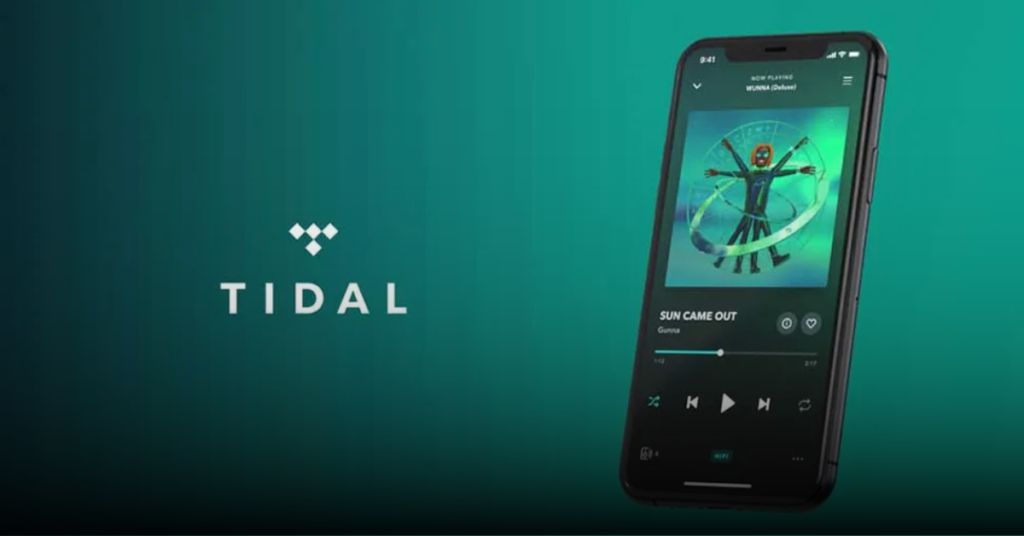
Tidal is often the first name that comes up when talking about Hi-Fi streaming. Known for its focus on delivering high-quality audio, Tidal offers two distinct tiers for audiophiles:
- Tidal HiFi: This plan provides CD-quality lossless audio (16-bit/44.1 kHz) with streams at 1411 kbps in FLAC format. This plan is a solid choice for listeners seeking high-quality sound at an affordable price.
- Tidal HiFi Plus: The HiFi Plus tier offers access to Master Quality Authenticated (MQA) files, which can stream in resolutions as high as 24-bit/192kHz. MQA aims to deliver studio-quality sound by “unfolding” the original recording into higher resolutions. However, some purists argue that MQA is not truly lossless and may require special hardware to fully enjoy the benefits.
Tidal also offers an extensive catalog of over 100 million tracks, many of which are available in MQA format; they also have exclusive artist content and high-quality music videos. For audiophiles, Tidal remains one of the top choices for high-fidelity streaming.
2. Qobuz
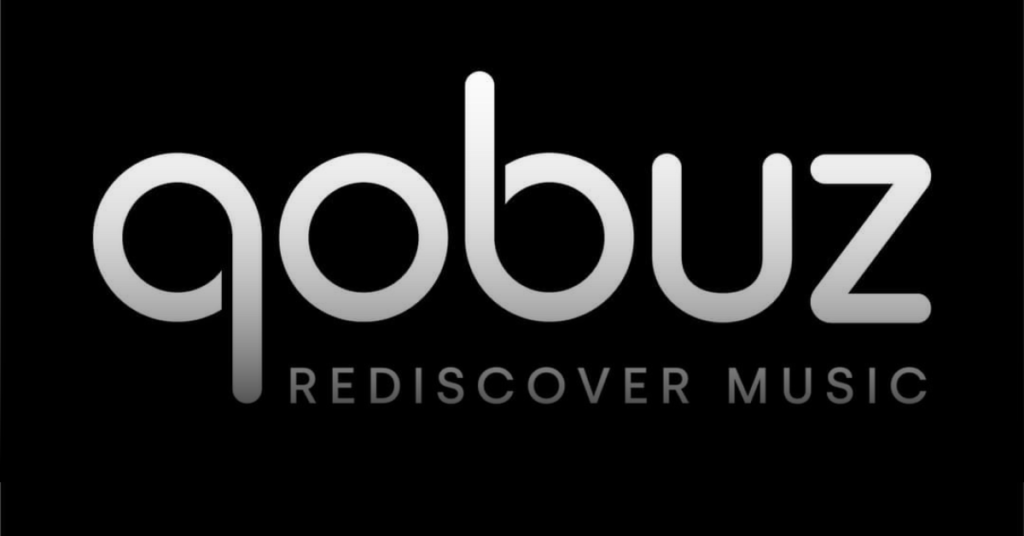
Qobuz is a favorite among audiophiles for its straightforward approach to high-resolution audio. Unlike Tidal, Qobuz doesn’t use MQA but instead offers high-res FLAC files up to 24-bit/192kHz without the need for special hardware. This makes it a fantastic option for users who want pure, unadulterated, high-resolution sound.
Qobuz boasts a library of over 100 million tracks, with a notable emphasis on classical, jazz, and other genres that value high audio quality. One of the highlights of Qobuz is that it provides access to detailed album booklets, liner notes, and even hi-res downloads for certain tracks, allowing you to own the music in its highest form.
3. Apple Music
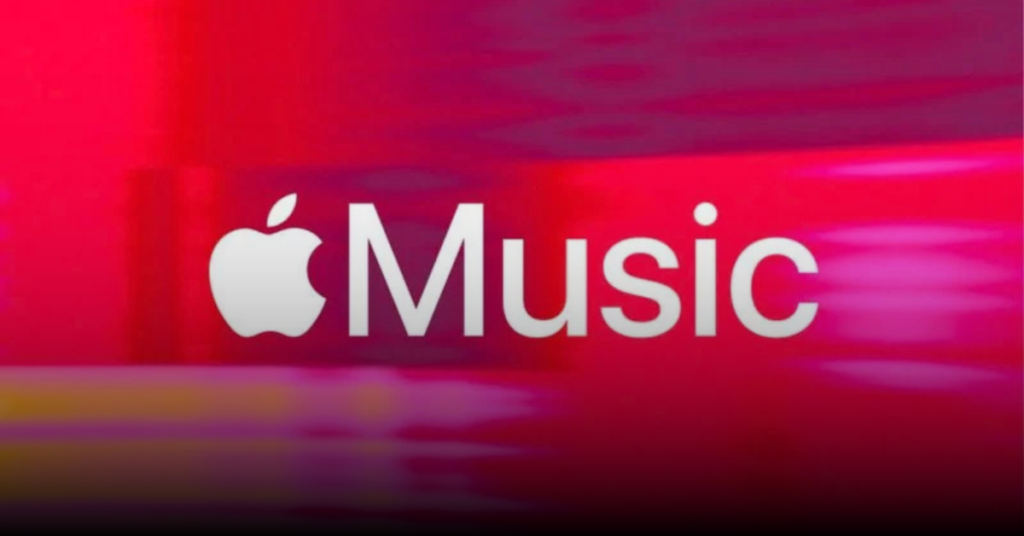
Apple Music made a huge splash in the audiophile community in 2021 when it introduced lossless audio to its entire catalog at no additional cost. Apple’s lossless streaming comes in two tiers:
- Lossless Audio: Apple offers standard CD-quality lossless audio (16-bit/44.1 kHz) for all tracks.
- Hi-Res Lossless: For those seeking higher fidelity, Apple also streams tracks in up to 24-bit/192kHz, though you’ll need an external DAC to fully enjoy this level of resolution.
While Apple Music doesn’t use FLAC (instead opting for ALAC), its massive catalog and integration with Apple devices make it an appealing choice for anyone in the Apple ecosystem. It also offers Dolby Atmos spatial audio, which adds a surround sound experience to compatible devices.
4. Amazon Music HD
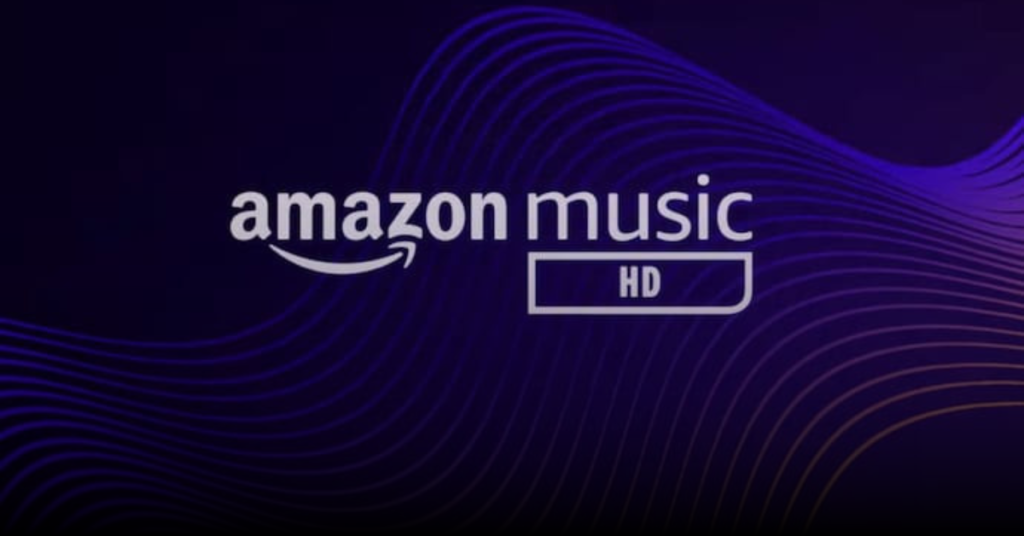
Amazon has also entered the Hi-Fi streaming space with its Amazon Music HD service, which offers both HD and Ultra HD audio.
- HD Audio: Amazon streams at CD quality (16-bit/44.1 kHz) with bitrates of up to 850 kbps. This tier is equivalent to Tidal’s standard HiFi plan.
- Ultra HD Audio: For audiophiles seeking higher resolution, Amazon offers Ultra HD streams, which go up to 24-bit/192 kHz and have bitrates as high as 3730 kbps. Ultra HD tracks deliver incredible depth and detail, especially on high-end equipment.
Amazon Music HD has a large catalog, with millions of tracks available in Ultra HD. Additionally, its competitive pricing makes it an excellent choice for Amazon Prime members seeking to enhance their audio experience without incurring excessive costs.
5. Deezer HiFi
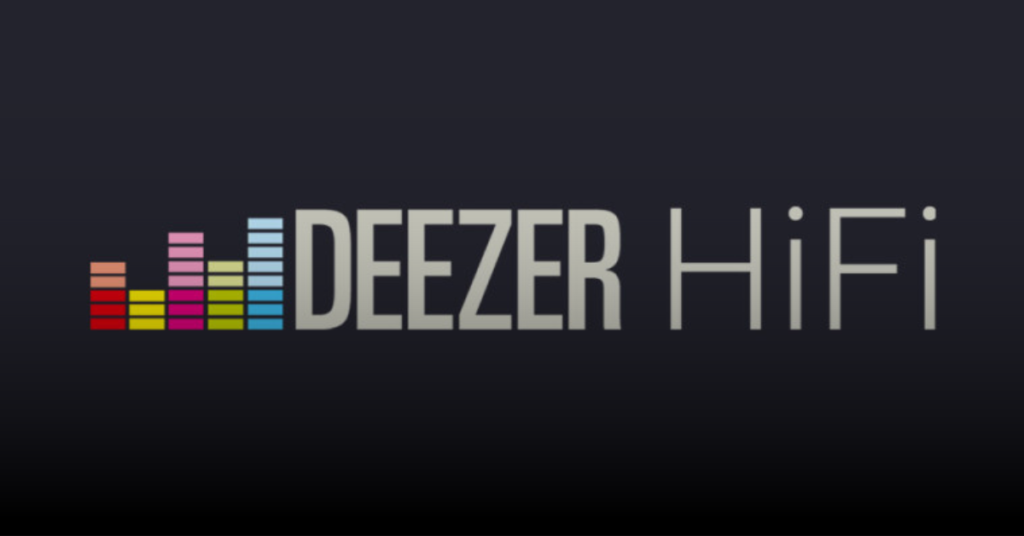
Deezer has positioned itself as a more affordable alternative to some of the higher-end Hi-Fi services while still delivering outstanding audio quality. Its Deezer HiFi plan offers lossless CD-quality streams (16-bit/44.1 kHz) via FLAC. While Deezer doesn’t offer high-resolution streaming like Tidal or Qobuz, it’s a solid option for audiophiles on a budget.
One of Deezer’s standout features is its Flow feature, which creates personalized playlists based on your listening habits. Deezer also supports integrations with various smart devices, making it a versatile choice for users who want high-quality audio across different platforms.
Other Notable Mentions
While the services listed above are the most prominent players in Hi-Fi audio streaming, other niche platforms also cater to audiophiles:
- Spotify HiFi (upcoming): Spotify has announced plans to introduce Hi-Fi streaming, though as of this writing, the feature has yet to be released. Once launched, Spotify HiFi is expected to offer lossless CD-quality audio.
- YouTube Music: Though not yet offering Hi-Fi streaming, YouTube Music is a major player in the streaming world. Many speculate that Hi-Fi could be in its future as it continues to compete with other services.
What to Consider When Choosing a Hi-Fi Streaming Service
1. Audio Quality
When choosing a Hi-Fi service, pay close attention to the audio resolution offered. While CD-quality sound (16-bit/44.1 kHz) is a significant upgrade from standard lossy streams, high-resolution audio (24-bit/96 kHz or higher) provides an even more immersive listening experience. If you’re an audiophile with high-end gear, a service like Qobuz or Tidal HiFi Plus that offers high-resolution audio might be the best choice for you.
2. Catalog Size and Content
Each streaming service offers a slightly different library, with some focusing more on specific genres. For example, Qobuz tends to shine when it comes to classical and jazz, whereas Tidal is known for its hip-hop and R&B selection. Apple Music and Amazon Music HD have massive catalogs across all genres, so they’re excellent all-around options if you’re into more diverse styles.
3. Device Compatibility
Not all Hi-Fi streaming services are compatible with every device. If you’re deep in the Apple ecosystem, for instance, Apple Music might be the easiest to integrate into your daily listening habits. Similarly, Amazon Music HD is perfect for Alexa users who want seamless streaming through their smart home devices.
If you have specialized hardware like a dedicated DAC or high-end speakers, you’ll want to ensure that the service supports the formats and resolutions your equipment can handle. Some services, like Tidal’s MQA, may require additional hardware to get the full benefit of the high-resolution streams.
4. Price
Hi-Fi streaming services generally come at a premium compared to standard streaming. However, the difference in price is shrinking. Apple Music offers lossless streaming at no extra cost, while Amazon Music HD and Tidal HiFi are competitively priced. The choice comes down to how much you’re willing to spend and what quality you’re after. Services like Deezer HiFi are a good middle ground for those who want lossless audio without paying for high-resolution tiers.
5. Special Features
Many Hi-Fi streaming services offer more than just high-quality sound. Tidal, for example, includes exclusive music videos, artist interviews, and concert livestreams. Apple Music has extensive liner notes and Dolby Atmos support for spatial audio. Qobuz lets you download high-resolution tracks for offline listening, while Deezer’s personalized playlists keep you discovering new music effortlessly. Consider what extra features matter most to you when making your decision.
Conclusion: Is Hi-Fi Streaming Worth It?
For audiophiles and music lovers who prioritize sound quality, Hi-Fi streaming is absolutely worth it. The difference between lossy and lossless audio is like night and day, and once you experience the clarity, depth, and richness of high-resolution audio, it’s hard to go back. Hi-Fi streaming enables you to experience music in its original form, regardless of whether you’re using a high-end home audio setup or high-quality headphones.
The best part? You no longer have to choose between convenience and quality. With Hi-Fi streaming services like Tidal, Qobuz, Apple Music, and Amazon Music HD, you can have both—instant access to millions of songs in pristine, lossless quality. As streaming technology continues to evolve, the future of music listening is undeniably high-fidelity.
So, which service should you go for? It depends on your personal preferences, budget, and the devices you use. But whichever you choose, one thing is certain: the era of compromising on sound quality is over. Hi-Fi streaming is here to stay, and your ears will thank you for making the upgrade.














